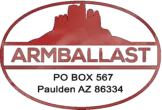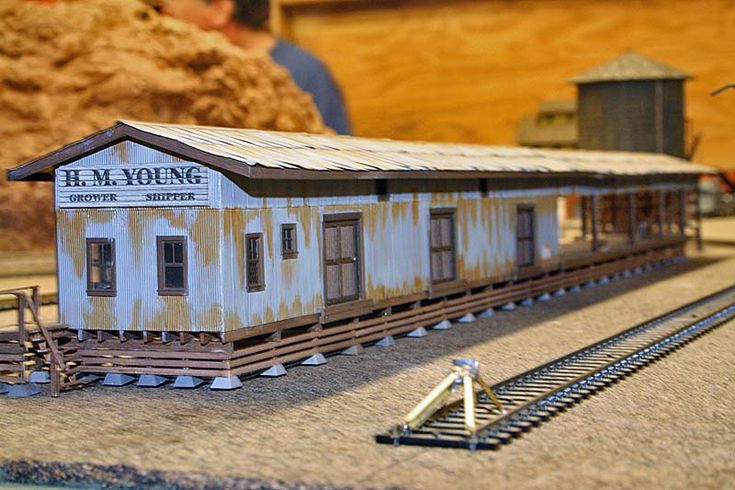CIRCUS TRAINS
A circus train is a method of conveyance for circus troupes. Circus trains began in the 1870s, by replacing the shows that moved by slow animal-drawn wagons. Over the years these trains grew in length as the train cars switched from wood to steel construction. Circus trains typically consisted of three types of cars: large …

